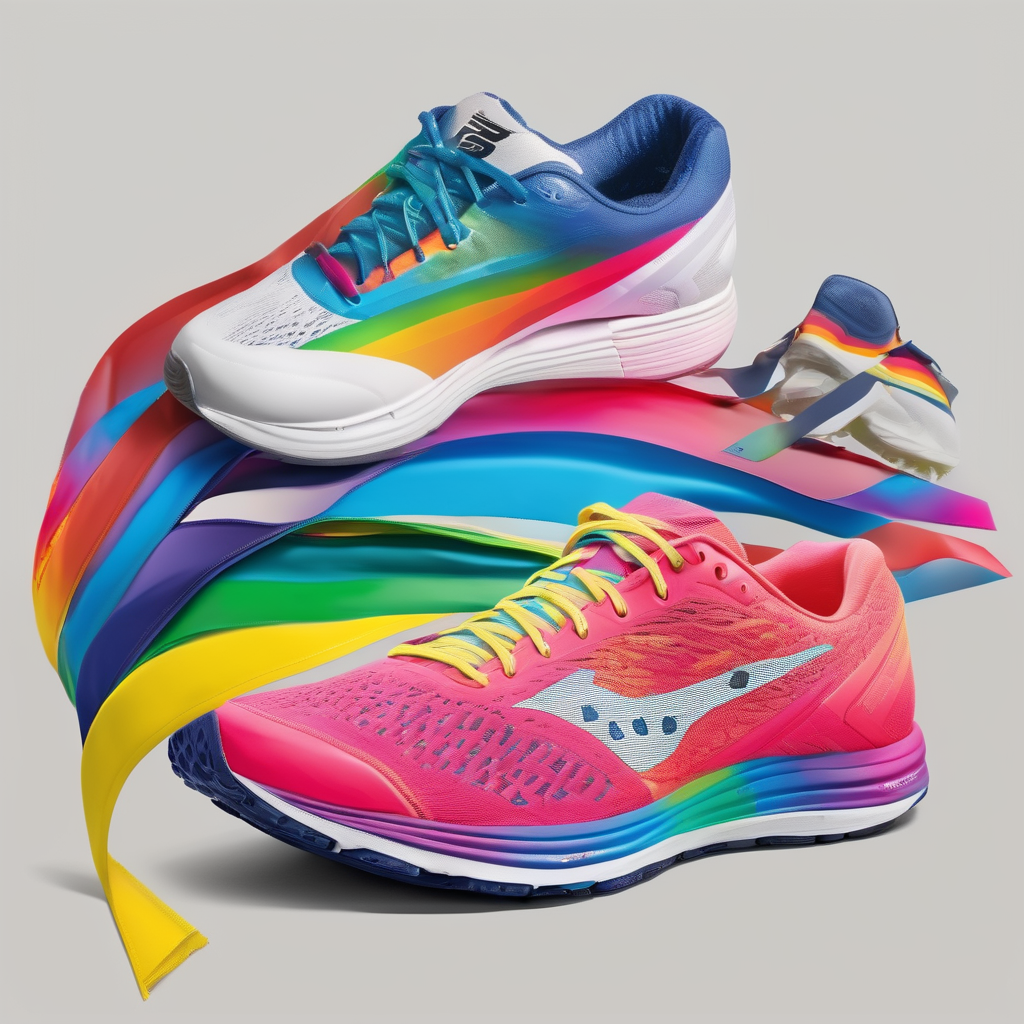The International Olympic Committee (IOC) is currently deliberating on the implementation of universal rules for transgender athletes in the Olympic Games. This evaluation comes as various sports organizations transition towards stricter eligibility criteria, a trend the IOC seems inclined to support.
Under the leadership of President Kirsty Coventry, the IOC reversed its previous stance in June, taking on the responsibility of establishing eligibility guidelines for transgender athletes. Previously, this issue had been left to individual sports federations, leading to a chaotic mix of policies. In September, Coventry formed a dedicated working group dubbed the ‘Protection of the Female Category,’ which includes experts and representatives from international federations to explore the best ways to safeguard women’s categories in sports.
An IOC spokesperson confirmed that discussions within the working group are ongoing, with no definitive decisions reached yet. The current regulations allow transgender athletes to participate in the Olympics, but only a few have openly competed, notably New Zealand’s Laurel Hubbard, who made history by competing in the women’s weightlifting category at the Tokyo Olympics.
The global landscape surrounding these discussions is complex. For example, U.S. President Donald Trump has imposed a ban on transgender athletes participating in women’s sports within schools, asserting a commitment to maintaining gender distinctions in athletics. This position echoes the actions of several international federations that have started to ban or restrict transgender athletes from competing in women’s categories. World Rugby, for instance, has prohibited participation at an elite level, while World Athletics has established that transgender women who have undergone male puberty cannot compete in women’s events.
The situation in other sports, such as soccer, remains uncertain, with FIFA yet to unveil an updated policy. Each sport appears to be navigating its own path regarding fairness and inclusivity amid significant legal and social debates. In athletics, World Athletics has announced a provision for genetic testing, focusing on the SRY gene, to ensure female athletes maintain a competitive balance.
Additionally, discussions surrounding cases like that of Caster Semenya, a two-time Olympic champion, highlight ongoing challenges involving athletes with differences in sexual development (DSD), as regulations demand that they lower testosterone levels to compete. Semenya’s situation illustrates the broader implications of these eligibility discussions, impacting many facets of sport.
As the IOC continues its examination of transgender athlete participation rules, there remains a prevailing hope that these efforts can lead to a more inclusive sporting environment while striving for fairness and equity in competition. This evolving discourse may ultimately inspire reforms that embrace diversity, thereby enriching the athletic landscape for all competitors.
